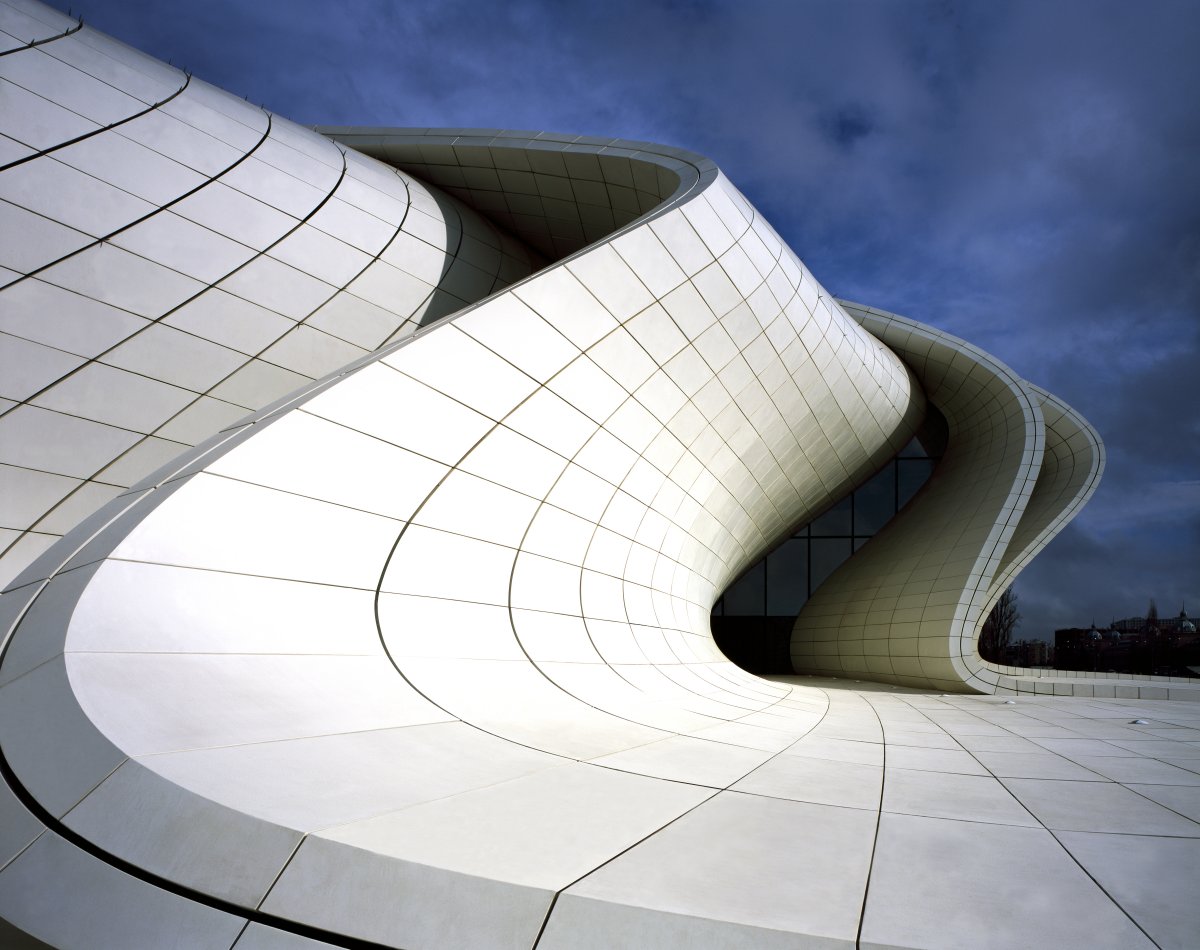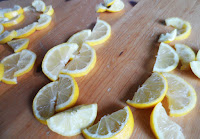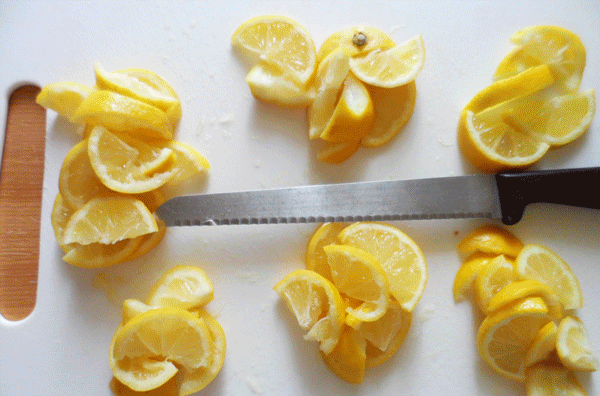I decided to read this book from the recommended reading list as it raises ideas that have been spoke about in the theory lectures that I thought would be good to look at deeper as well as perspectives from designers I have not come across before. Throughout reading the text I highlighted parts that stood out to me and parts that I felt were key in the concepts being put across to enable understanding.
At the start of the text the question of what participatory design is is explored:
"Digital tools and social media have exposed many creative industries to public interaction, causing a simultaneous valuing and devaluing of artistic expertise."
"Graphic design is often about control— controlling what the audience sees, controlling the typography of a piece, controlling its concept. This interpretation of design stems from a modernist understanding of authorship. Closed and complete, a finished work delivers a specific message to a targeted audience. Participatory design turns this idea on its head."
The book is split in to four different categories; Community, Modularity, Flexibility, Technology. Within these four sections interviews with different types of industry creatives take place alongside visual examples of participatory design and actual instruction guides for the reader to take part in, and be part of their own participatory design.
"Without viewer response, the piece is meaningless. Such physical artifacts emphasize that, although technology has pushed users toward a more active role, participatory projects do not have to be complex digital pieces."
One example of a participatory design project mentioned in the book is 'The Sketchbook project', set up by Arthouse Co-op, founded by Shane Zucker and Steven Peterman. The project was that participants, for a small fee, would receive a sketchbook and a theme to fill in their book. All the resulting sketchbooks tour the country in an exhibition. I found the idea of this quite inspiring, and something that is covered in the book is the idea of shared ownership, and how in these participatory design projects the designer isn't just letting others do the work, but instigating a seed and rules for other to follow and create something as part of a community.
"Co-creation flattens hierarchical orders, as participants both within and outside companies join in problem solving. Ownership is often distributed across the project to everyone involved."
"Throughout most of the twentieth century, graphic designers provided set results to clients. 2 They created, for example, a poster, a publication, a package, an identity. Modularity can break apart such fixed deliverables, replacing them with more open-ended solutions."
"As noted by Nina Simon in her recent book about participatory culture and the museum, “The best participatory experiences are not wide open. They are scaffolded to help people feel comfortable engaging in the activity.”"
"Professionals benefit as they establish new niche roles as creative leaders of large decentralized forces, or as they develop previously untapped resources for creative networks, social capital, and larger meaning in their work. Amateur participants benefit from micropayments, public exposure, the establishment of their own creative networks, and the sheer joy of being part of a larger collaborative endeavor. This more open source approach benefits society at large as it promotes a general democratization of communication."
"If other people are supplying the content, what are you doing as an artist? I’ve heard people compare my process to that of the Fluxus artists— creating a series of rules and instructions followed by others. Ultimately, it’s creating a system, an algorithm executed in part by technology and in part by humans. I’m conducting an interplay between components, managing perceptions, requests, constraints, and assembly."
I completed one of the tasks in the book, which can be seen below, with the instruction to choose a colour for the things you disliked (I chose light brown)
and shade in the boxes of the things you didn't like with this, then the same for the things you liked (I chose a peachy pink), then if you had no feelings you left the box blank, or for mixed feelings you mixed the colours together. Another instruction was to add our like or dislikes to the boxes with the dotted line.
Identity Signage Template
my completed scanned in sign:
Flexibility
"The words corporate branding bring to mind solid unwavering marks, accompanied by fat imperious style guides. Participatory culture disassembles such elite singular logos, giving them over to a new breed of designers who revel in the fluctuating, unpredictable form of the flexible mark. Using modules and templates, they build identity systems that empower users, overturning top-down hierarchies long reinforced by modernist design principles."
"In the 1960s poststructuralists emphasized the slippery nature of meaning, proclaiming that a single controlled message constructed by an author was impossible. All works, all texts, suggested theorists such as Roland Barthes and Umberto Eco, are “open.” Users experience a piece differently with each reading."
"Can you talk more about what participatory culture means for your work? Participatory culture is a defining condition in which we exist. We cannot sit in our office and come up with the thing that millions or even billions of customers are going to love. If we are not plugged into what people are doing right now, we are going to get it wrong."
- Ije Nwokorie
* *
"An understanding of code can push designers toward more process-driven approaches fed by user content and serendipity. For the last one hundred years, designers have worked to transform complexity and chaos into clarity and simplicity. Generative design turns this modernist ethos upside-down. Through process-driven approaches designers mimic the natural world by building complex systems and messaging out of simple steps."
"An algorithm, by its very nature, is based on input of certain data, which is then output— transformed into something else. 2 This translational motion provides the crux of generative participatory design projects. Designers develop algorithmic structures, users feed those structures with content, and out of the process emerges something entirely new and, sometimes, unforeseen."
"The Body
While the digital realm drives this shift from finished product to process, the fundamental concept of developing a generative system and then opening it to outside input manifests both inside and outside of the Internet. Some generative designers invite an influx of human labor as the random element of their systems. The human hand disrupts the control of algorithms, adding life to the work."
Your work incorporates both technology and craft, impersonal code merging and colliding with human touch. Can you speak to the tension between technology and the human body?
I love the phrasing of this question because it reflects the general viewpoint of coding. I understood coding as impersonal myself, until I began partnering with coders. Then I started to understand how technology is an extension of the human effort to make things happen. All tools are technology. Code is a language. It becomes an extension of whoever is offering it, so everybody’s code is a unique voice.
- Keetra Dean Dixon
What advice do you have for young designers today?
The outcome is not important. With our workshops, we try to do small experiments. Whether it’s right or wrong, it doesn’t matter. It’s not possible to fail. Everything should be more like sketching, not this polished, finished thing. I could do my fungus project again, tweak it a little bit, but it’s all one process of developing. The other thing I try to teach my students is to look for what is interesting to them, rather than fulfilling an assignment or the needs of a client. Find out where your own fascinations lie and bring that into your working method. That is how you build ownership as a designer.
- Luna Maurer
Overall from reading this book I feel as though I have a better understanding of what 'participatory design' actually is and also feel I understand Umberto Eco's 'Openworks' text more now, when he talks about an 'open' work I originally assumed it meant open in terms of interpretation or an unfinished work, which it could, but now I understand it refers also to a design that is 'open' to all, the participants in the design decide the outcome, and lead the way through a concept mentioned a lot within this book, of a 'democratisation of communication and design' and how modularity encourages more 'open' ended solutions.























































